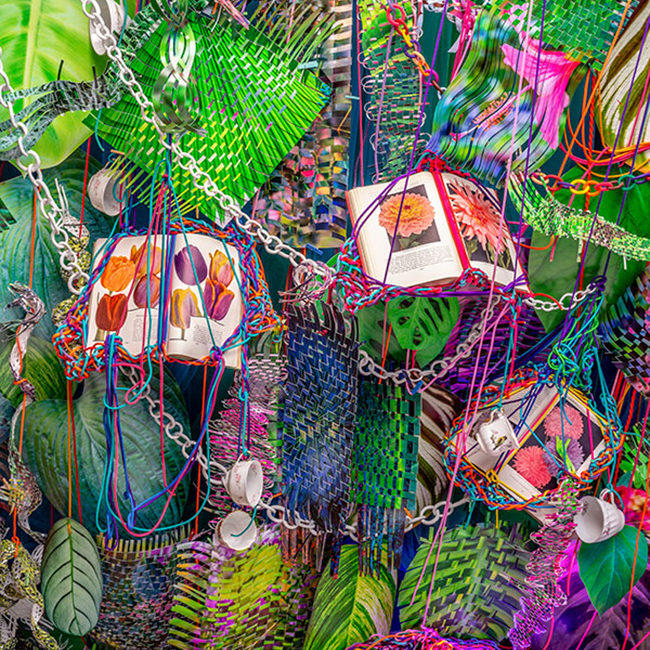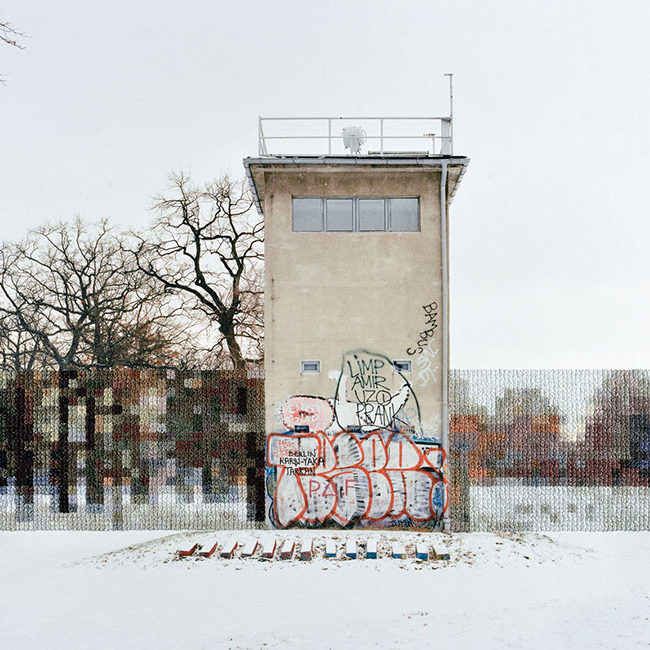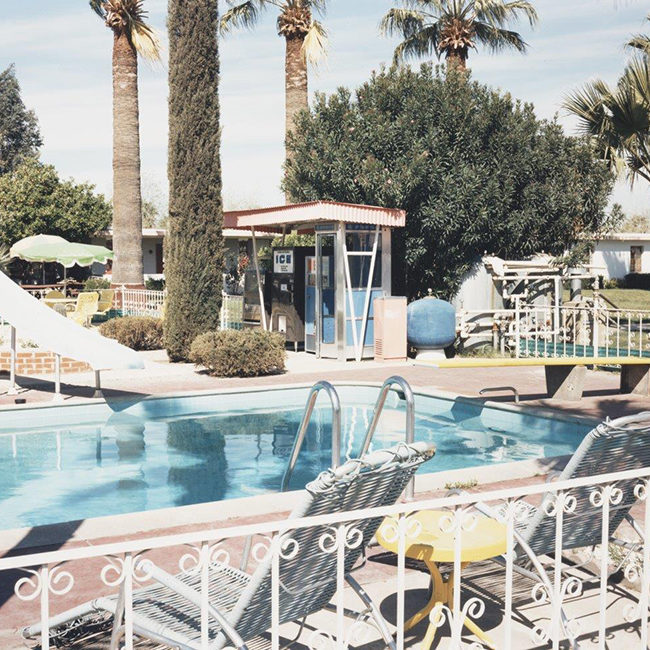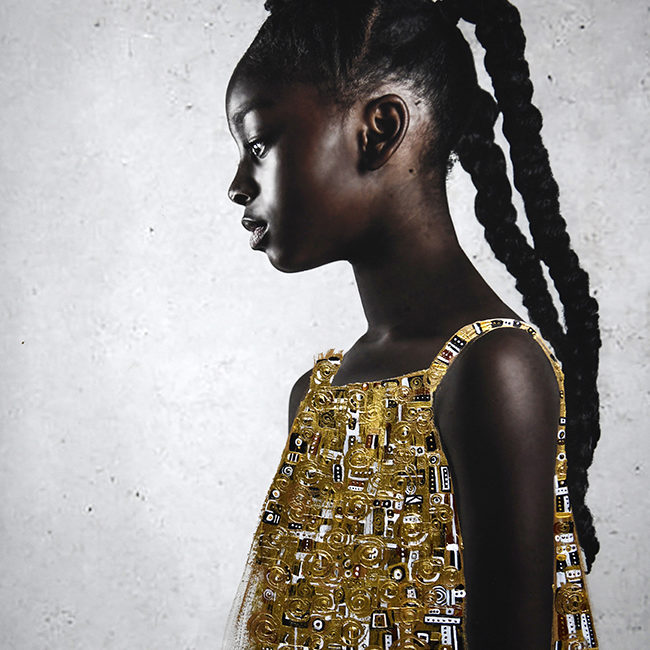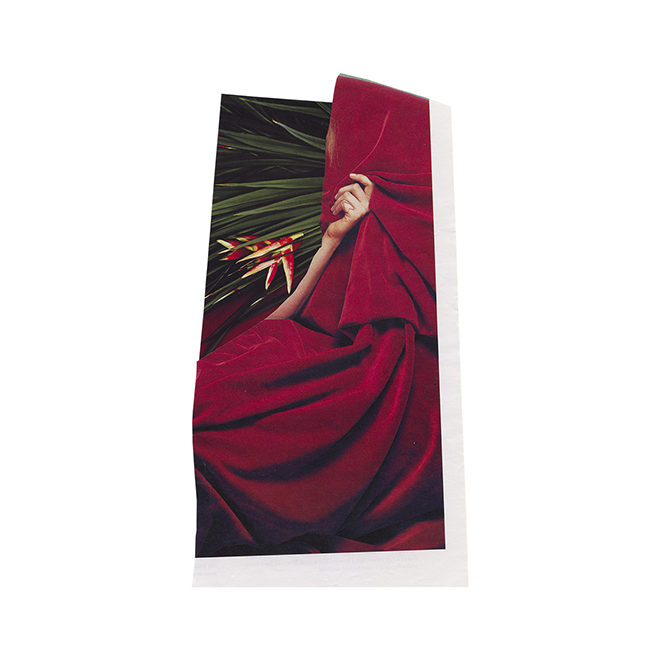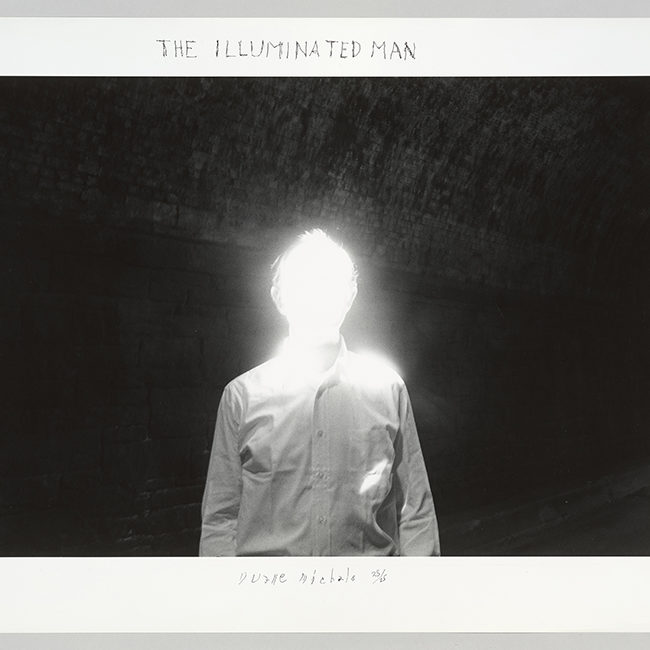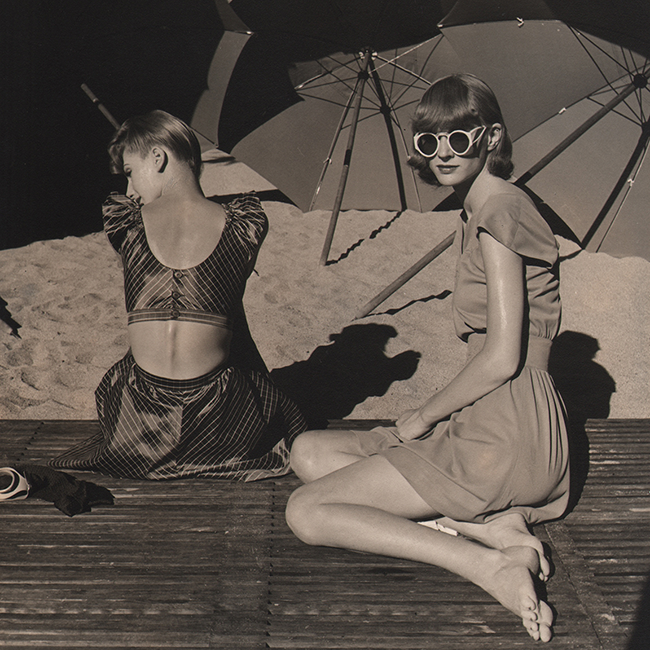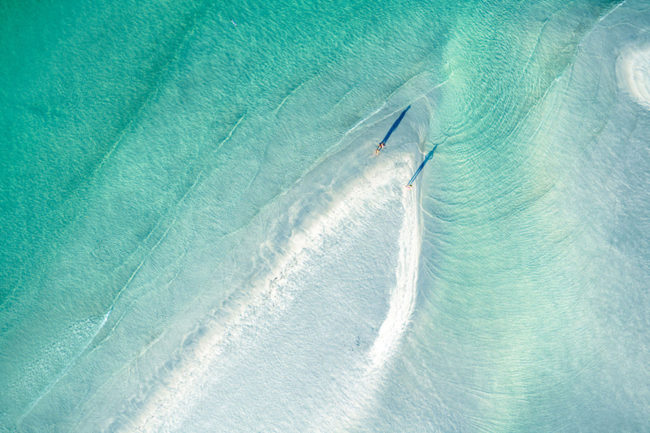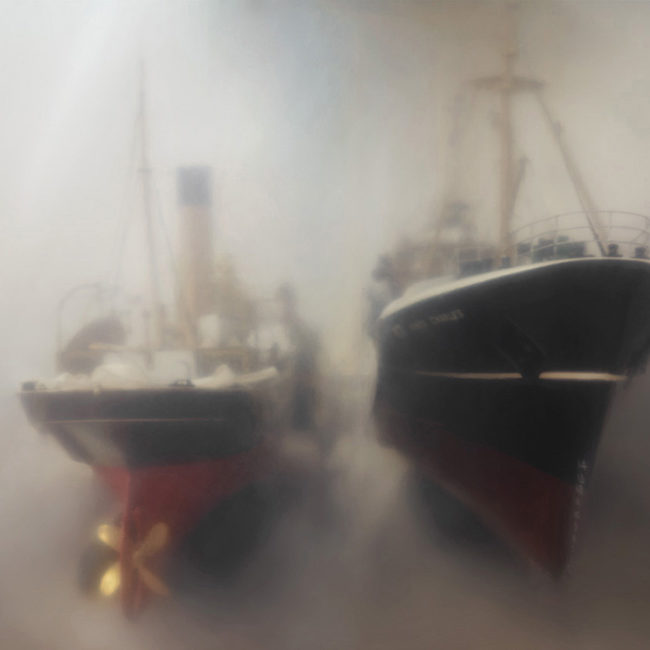If you follow the work of photographer Gideon Mendel you’ll know that over the past few years he’s dedicated a lot of time to his project “A Drowning World” – an art and advocacy project about flooding that is his personal response to climate crisis. Before that he spent years working on the HIV/AIDS crisis. His long-term commitment to socially engaged projects has earned international recognition.
He has a new book out – also from a project he spent much time on – albeit, way back a few decades ago…
Thirty years ago, photographer Gideon Mendel left a box of negatives and transparencies in storage in a friend’s garage in Johannesburg – where he was born and where he started his career. At some point the box was rained upon and the top layers damaged. The affected photographs were from Mendel’s documentation of the final years of apartheid when he had witnessed the nationwide township uprising and scenes of mobilization, conflict and tragedy. This would send most photographers into a state of immediate depression – but this act of happenstance led to Mendel revisiting and re-engaging with his archives instead, and the gradual creation of this book Freedom or Death.
The book itself is divided into three sections, each with a different intervention to the original images from Mendel’s time as a ‘struggle’ photographer in South Africa.
The first section ‘Damage,’ as described above—the accidental, colorful and painterly transformation of the negatives and transparencies by mould and moisture.
Says Denis Hirson in the book: “If these images were initially meant to bolster memory, they now speak of the fragility and malleability of memory itself, reminders that a material trace of the past can be altered or even obliterated, just as the images of memory in the human mind can be entirely changed—whether purposefully or not—when subjected to the currents of time.”
The second section, ‘The Stone, the Gun and the Plate,’ is a collaboration with Marcelo Brodsky, an Argentinean artist known for his human rights activism. Brodsky writes and draws on photographs as a means of enhancing the historical narratives of images. For this collaboration, they conceived four triptychs, each focused on an object that repeatedly appeared in Mendel’s black and white photographs from 1985 and 1986. The stone, teargas, the wooden gun and the sjambok (a flexible rubber whip) were selected to reflect the conflict and repression of these particular years. Brodsky’s revisioning of these photographs with a childlike color palette, coupled with the mutation into comic book stylization, acts as an unsettling counterpoint to the violent subject matter.
The final section of the book ‘Merged’ is derived from vintage working press prints from the same period. Several of the photographs were made for newswire transmission with caption information pasted onto the front of the prints, some have a variety of crop marks on their reverse sides, and others have Mendel’s hand-written captions or agency copyright labels, along with detailed information about the photographs from his time with Magnum Photos and Network agency. The front and reverse of the prints has been precisely digitally merged to combine image, word and marking, reflecting the original functionality of the photographs. This third, and deliberate alternation has exposed the process, craft and sense of urgency hidden on the reverse of the original photographs.
Farieda Nazier, who writes an essay in the book, describes this section: “Grappling with and reworking images from the past renders them relevant and meaningful in the ‘now’ and allows them to re-enter the present discourse through new positionings and framings. Mendel’s work in this book poignantly ‘harps’ on the past by acknowledging continuities of the apartheid phenomenon in the present. His sensitive work into the archival material brings about possibilities of new perspectives and interpretations.”
Gideon Mendel has a busy end of year. He had several events at Paris Photo which has just concluded, his work will be displayed at the V&A Museum in London as part of the Prix Pictet 2019: Hope through 8 December 2019 and on November 20, 2019 he will be part of In Conversation, a London Photo event with Fiona Shields (Head of Photography at the Guardian) and Shahidul Alam in The Screening Room at Somerset House.
— Samantha Reinders
Freedom or Death
Gideon Mendel
Texts by Farieda Nazier and Denis Hirson, and a collaboration with Marcelo Brodsky
GOST Books (November 2019)
Related Articles
Gideon Mendel on the Unification of People Submerged
Life on the Edge of the South African Dream
Love, Loss and Family in a Tough South Africa Suburb
